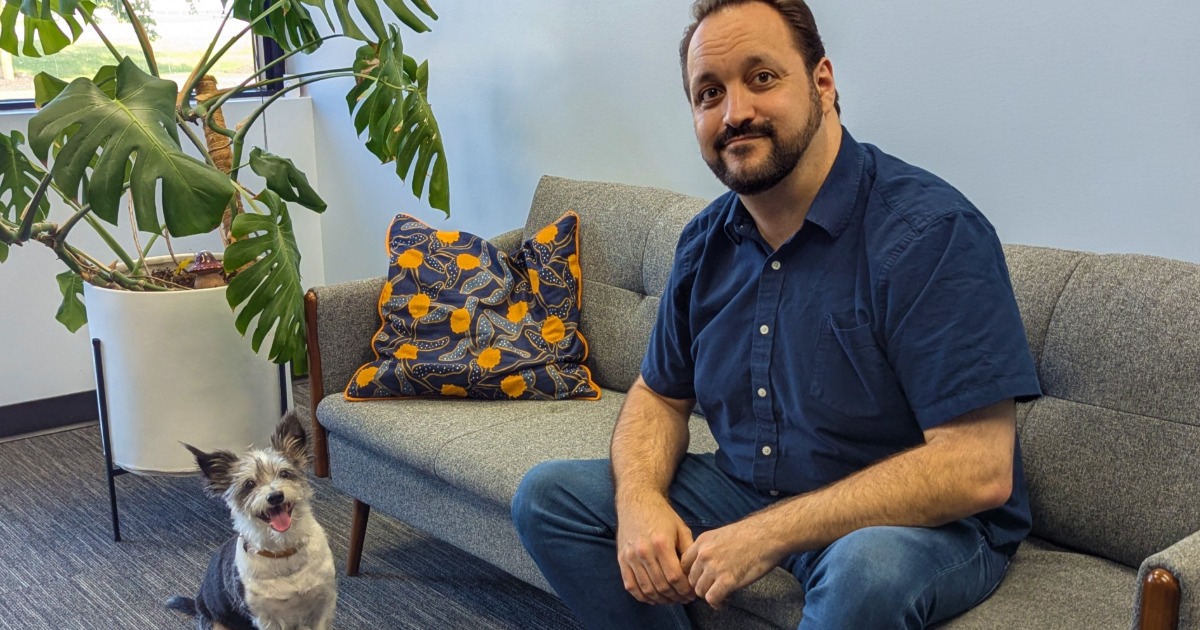Measure for measure, we're better off than we were in 2010
Two years ago this summer, the meaningful use Stage 1 final rule was revealed to an eager public. Immediately, hospitals and physician practices got down to business. Since then, core measures have been tackled and menus sets have been ticked off lists. Some criteria were relatively doable, some have remained maddeningly problematic, but more than $2.5 billion in checks have been mailed out so far.
So it's worth asking: Two years into this massive undertaking, are we where we thought we'd be?
"Well, that's a different question than whether we're progressing," says John Hoyt, executive vice president of HIMSS Analytics. "We are progressing. But are we where we thought we'd be? I don't know that we had a cohesive vision of where we would be a couple years ago, but clearly the industry is stimulated by the program."
And how. "The industry is red hot," says Hoyt. "Consultants are able to be selective. There are projects they don't bid on. The CIOs are in a talent war - and not just for their employees but also for their contractors who bring people in who five weeks in disappear because they got another offer. It's hot. There's just no question."
But the goal of meaningful use wasn't to create consultant jobs or fatten vendors' bottom lines. It was to rewire a hoary healthcare system for the 21st century and beyond, using technology to help improve quality, lower costs and increase access. Have we accomplished that? Are we at least starting to?
"We are getting to see some consistent data that health IT investments improve quality and improve efficiency," says Hoyt.
Moreover, with the Affordable Care Act creating an environment where more physicians will be needed to treat more patients than ever before, the program has also set the stage for an industry that's attractive to a generation weaned on technology. "We have a young generation of physicians and nurses coming out of school with the expectation to have this technology," he says.
It's not often easy. The most successful adopters so far are the organizations you'd expect.
"It's the academic medical centers, it's the larger hospitals by bed-size, the hospitals that are more sophisticated," says Jennifer Horowitz, senior director, research at HIMSS Analytics.
The struggling and the stragglers are also the ones you'd suspect: smaller, rural and critical-access hospitals, and any number of small-shop physician practices.
Forward movement
Challenges are plenty. Hoyt says CPOE and most items that require the active involvement of medical staff are atop the list.
When it comes to the menu set, organizations were "more likely to be able to put in place some of the interaction checks," such as drug-drug and drug-allergy, says Horowitz. On the other hand, conducting and reviewing a security risk analysis continues to be a big challenge for many providers.
Still, the forward movement is unmistakable. From November 2010 to March 2012, the number of hospitals that could meet at least 10 or more of the core items of Stage 1 went from 22 percent to 44 percent.
And, of course, the money talks. "If you look at the HHS website, thousands of doctors and hundreds and hundreds of hospitals have been paid."
With two years of this progress on the books, other providers are taking cues from those that have been there first. "Momentum plays a big role!" says Hoyt.
A healthy sense of competition is helping drive advancements too, he adds. "Just put on your hat that says, 'I Am a Hospital CEO.' And I need to go out and recruit seven new physicians this year. And I'm sitting here with basic, basic, basic healthcare IT and the hospital across town is pretty sexy. Where are the young docs going to go? Where are the nurses going to go?"
It's an aid to recruitment, it's an aid to employee's satisfaction, and, eventually, "we're going to see more and more consumers expecting it."
Personal health records are an early sign of this trend. They're seeing "a surprisingly high numbers of consumers signing on," says Hoyt. (They're also, indirectly through its patient engagement mandates, a by part of Stage 2 meaningful use.)
In the meantime, those facilities that have made big strides with health IT are actually advertising it, to woo new customers. Hoyt recalls a recent site visit, to an Indiana hospital that offers a vendor-provided PHR. "Near the other hospital in town, on the Interstate, they've got a billboard, advertising their personal health record," he says.
There's a long road ahead, and challenges are very real. Hoyt says one consistent complaint he hears has to do with access to skilled labor. "The demand is outstripping supply."
CPOE 'surprise'
But there have been many positive surprises over these past two years.
"Because we're so close to the data, we know how many hospitals have CPOE running and how many don't," says Hoyt. "The big surprise is the number of hospitals who have put plans in place to get the physicians to use CPOE." Some people will complain that adoption numbers are still too low, he admits, "but I think the surprise is that the hospitals have begun to bite the bullet - at all sizes."
Another surprise, despite the lingering economic downturn, "the spending rate of hospitals did not take a big fat dip that correlated with the big fat reception," says Hoyt. "It did dip, but not massively. The industry is very active. It's one of the stronger segments of employment, and I think it's clearly been helped by the HITECH Act."
Hoyt finds use for a variety of metaphors describing the healthcare industry's progress towards becoming paperless. The challenging but rewarding journey is akin to "salmon swimming upstream" he says at one point. And now that a critical mass of providers has done their jobs meeting meaningful use, it should soon be like "a snowball down hill."
Government largesse has played no small part, of course. "We're funding the roller coaster as it just hit the peak - and off it goes, baby,"
And now that that's happening, "We're better off," says Hoyt. "Healthcare IT is a social value. The more people who use it, the safer, the higher quality and the more efficient our healthcare can be. And all of that working together can improve access. So yes, we are better off. It's all a question of rate. Could we be better? Yes. But are we better? Yes. Could we be better in the future? It looks like we will be."


